MORA DE RUBIELOS
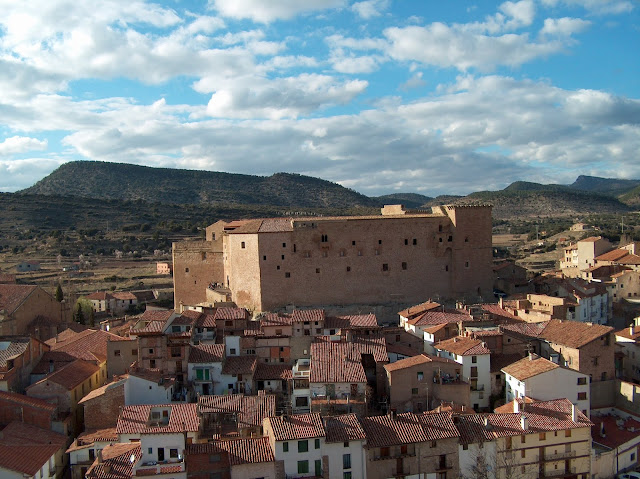 |
| Mora de Rubielos dominated by the castle. |
Gúdar Javalambre is a small district of around 8,600 inhabitants who live in 24 villages spread out across the harsh landscape of the Maestrazgo mountains that lie between Valencia and Teruel in eastern Spain. The area, whose population also has fallen steadily over the last half-century, but that is not what marks it out. What does make it remarkable, however, is the fact that Gúdar Javalambre is now the center of a global truffle industry that over the last decade has breathed new life into the district, creating jobs and reviving the local economy.
 |
| In the truffle fields. Second from the left, Sara Balfagon, with a handful of black truffles found by one of the many dogs used for truffle hunting. |
Spain’s black truffle harvest in 2013 and 2014 – the mushroom is collected between December and March – totaled 40 tons, of which 36 came from Gúdar Javalambre.
“The truffle has created sustainability in areas that were dying. Until the truffle came along, times were tough,” says María Jesús Agustín, the 47-year-old owner of Manjares de la Tierra, which she set up a decade ago with two other women to market truffles. She says that were it not for the mushrooms, she would have left long ago.
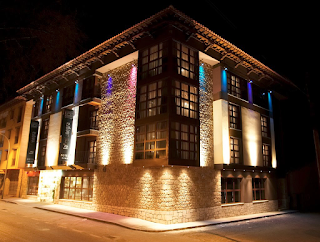 |
| The hotel today (La Trufa Negra) |
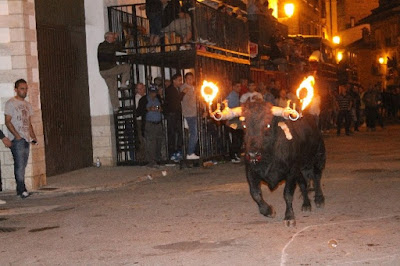 |
| Bolled bull |
This is where a bull has metal extensions fixed to its horns on which are balls of inflammable material. The balls are then lit and the bull is released to chase the people, usually young men well filled with the local 'vino', until the fire is extinguished. Not a sight for animal lovers but a traditional activity for certain areas of Spain, particularly in the Valencia region.
The following day we visited the castle and were entertained by the 'Jota' dancers from the town. A wonderful entertainment for everyone.
 |
| Main entrance to the impressive castle. |
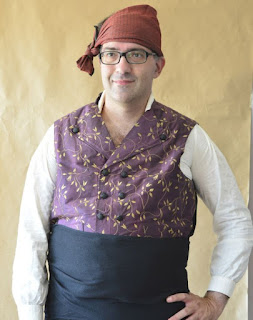 |
| Jorge Peiro. 'Jota' professor, musician and singer. |
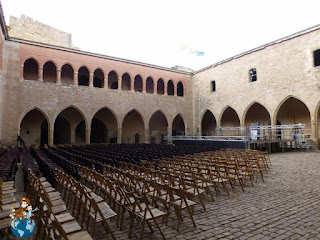 |
| Interior courtyard of the castle which is used for cultural activities like traditional 'Jota' dancing.. |
Oficial page (Spanish)
Oficial page (Google translation)
Local tourist info 1 (City hall)
Local tourist info 2 (Accompanied visits brochure)
Local tourist info 3 (Blackberry castle brochure)
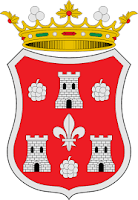

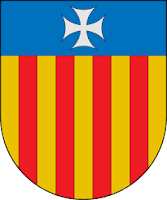
Comments
Post a Comment